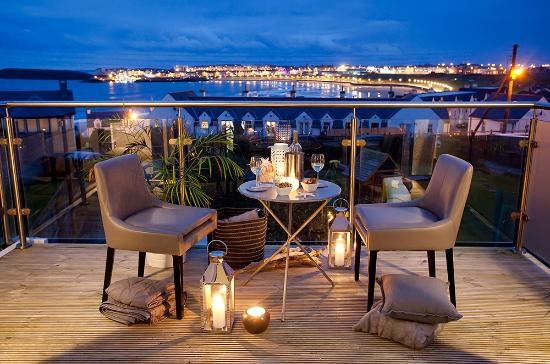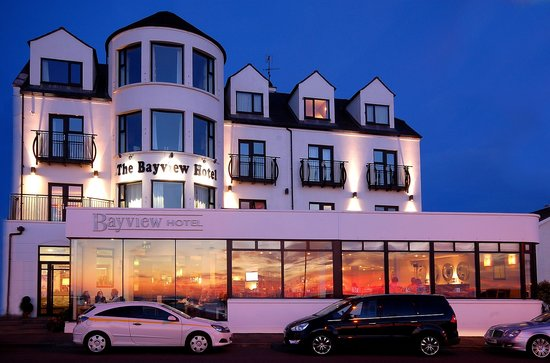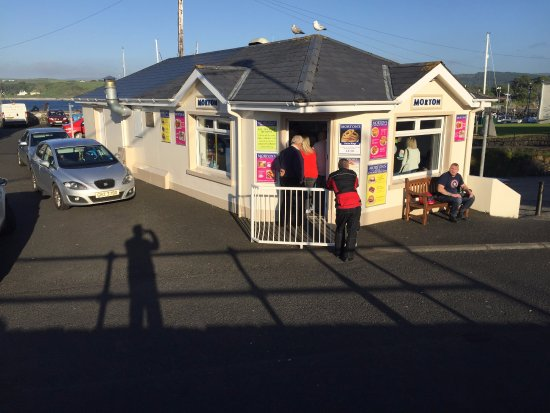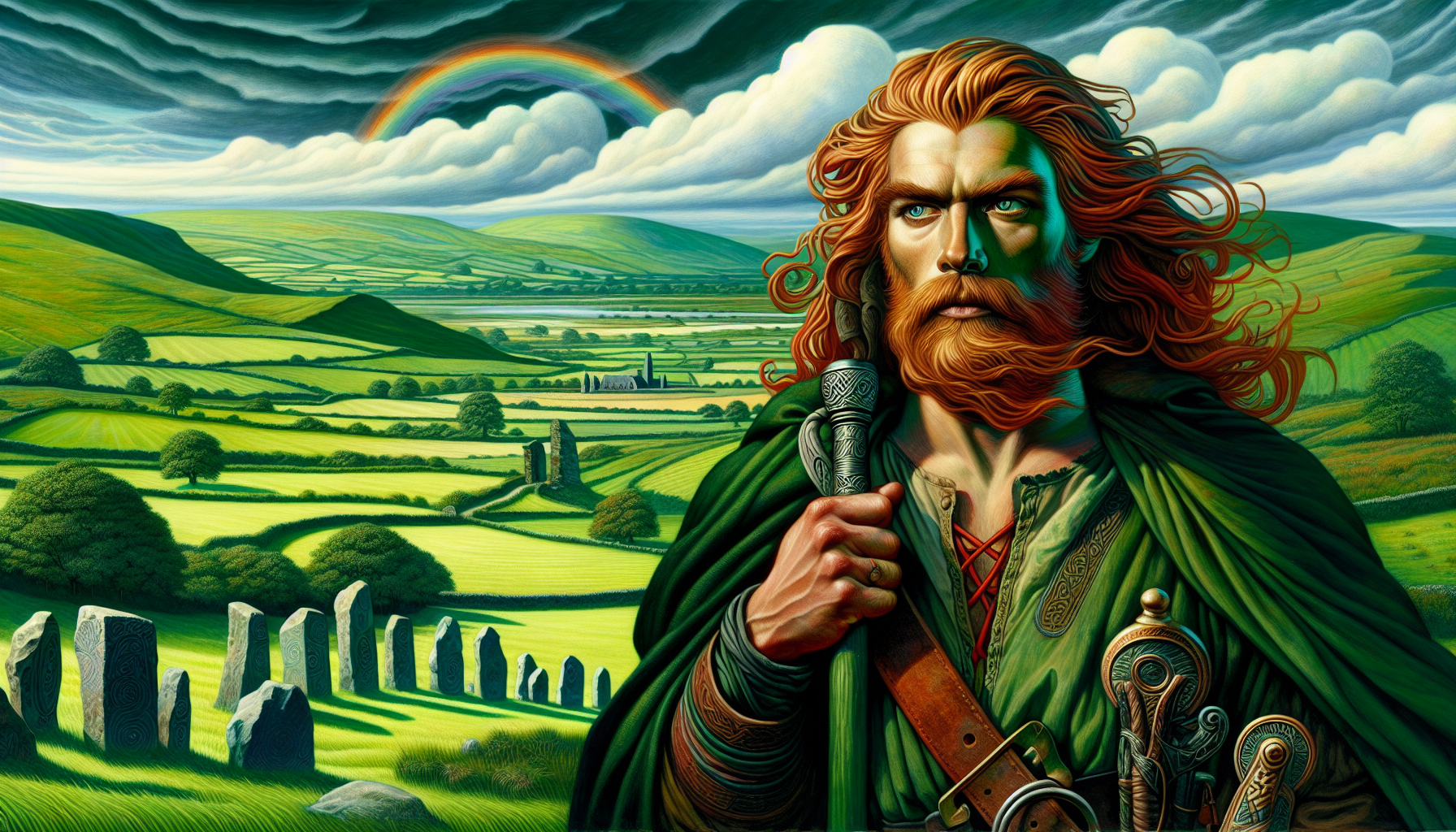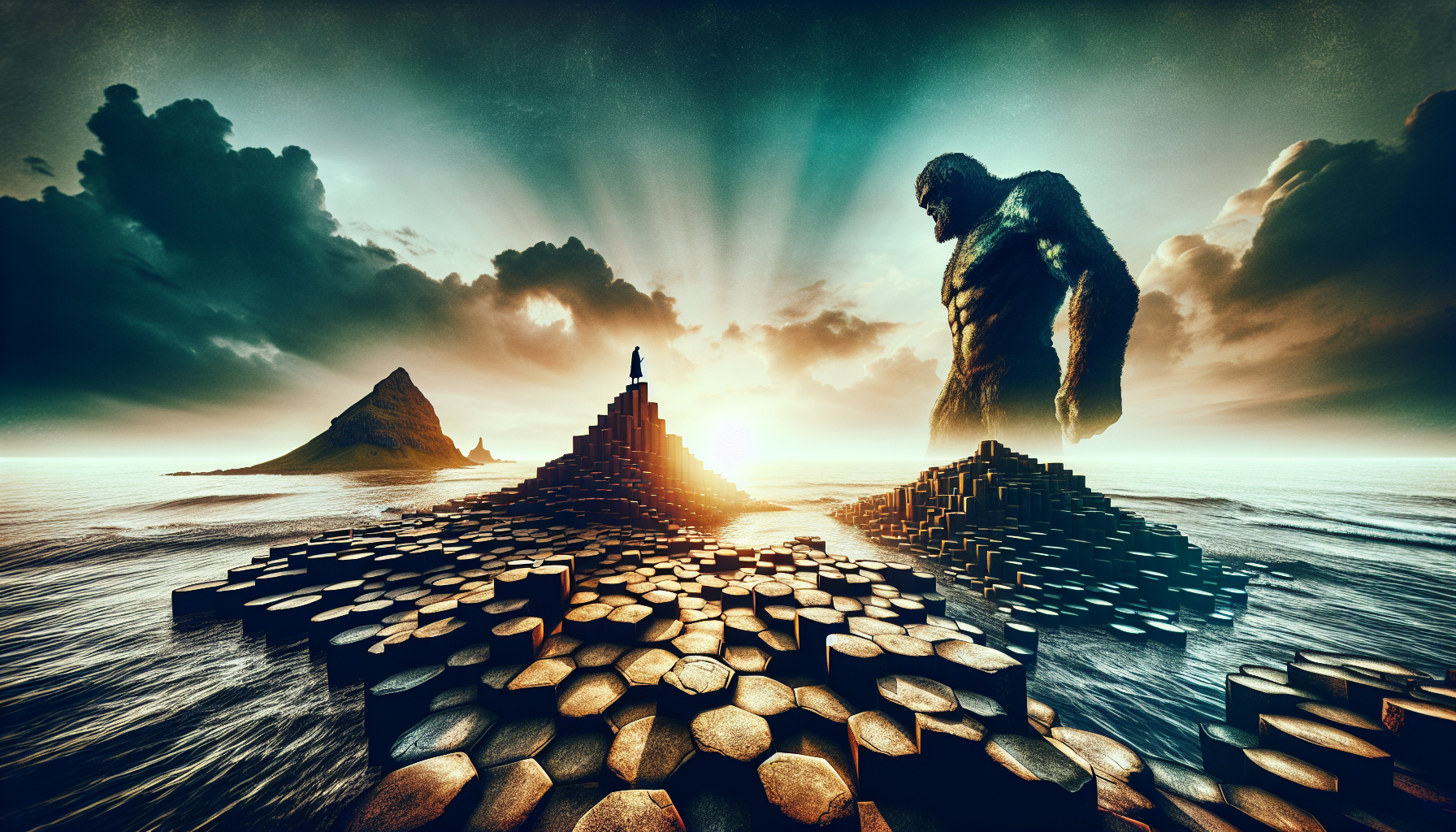Las historias
La Calzada del Gigante está envuelta en mitos e historias fabulosas. Según ellas, la calzada fue construida con rocas de la costa por el poderoso gigante Finn McCool, que nos legó un enclave ricoen leyendas.
La gente de aquí cree que, entre los hexágonos (esas fantásticas formaciones rocosas azotadas por el mar), se esconde verdadera magia. Quizá usted no la note al principio, pero cuando contemple las piedras de cerca, descubra sus leyendas y deje volar la imaginación… la notará.
La ciencia
No es de extrañar que este paraje haya sido declarado Patrimonio de la Humanidad por la UNESCO. La Calzada del Gigante es una maravilla geológica con más de 40.000 columnas de basalto, producto de una intensa actividad geológica y volcánica.
La Calzada nos permite asomarnos al pasado más ancestral de la Tierra. Un épico legado que debemos al enfriamiento de sucesivos flujos de lava hace 60 millones de años.
El Centro de Visitantes
El Centro de Visitantes de la Calzada del Gigante se alza suavemente, fundiéndose con el paisaje. Sus paredes de cristal, columnas de basalto y modernos interiores lo convierten en un centro realmente innovador. El edificio, diseñado para conseguir la máxima eficiencia energética, dispone de zonas de exposición y un tejado cubierto de césped que ofrece vistas de 360 grados de la costa irlandesa. Aquí la ciencia y la leyenda cobran vida. Explore los espacios interactivos, vea a Finn McCool en la pantalla grande y descubra los secretos de este paisaje fascinante.
Descubra
- Las legendarias formaciones geológicas: la Bota del Gigante, la Silla de los Deseos, el Camello, la Abuela del Gigante y el Órgano.
- El nuevo y espectacular Centro de Visitantes
- Su zona de exposición, donde cobran vida las leyendas de la zona
- La maravillosa flora y fauna. Un lugar ideal para la observación de aves
- Una de las costas de acantilados más bellas de Europa
- La tienda de regalos, con su encantadora artesanía local
- Los deliciosos productos de la región
Recorrido exterior con audioguía
Nuestra cómoda audioguía le acompañará en un maravilloso viaje por la Calzada del Gigante. Gracias a este dispositivo de fácil manejo descubrirá las fabulosas historias que se esconden tras el paisaje y podrá comprender mejor este prodigio de la naturaleza.
Fantásticas rutas a pie
En la Calzada del Gigante hay cuatro rutas espectaculares para hacer a pie. Tras una reciente renovación, se han clasificado por colores según su dificultad. Todas ofrecen magníficas vistas de las bahías y de los abruptos acantilados azotados por el viento y las olas. Hay una ruta para cada visitante, desde el que desea pasear con cochecito hasta el que prefiere una enérgica caminata por
la costa.
Ropa adecuada
El clima de la costa norte puede cambiar de repente, así que le recomendamos que venga preparado. Lleve ropa y calzado adecuado, capaz de soportar desde el tiempo más suave al más inclemente.
Tarifas
Las siguientes tarifas incluyen acceso al nuevo Centro de Visitantes, el uso de nuestra audioguía, un folleto orientativo y aparcamiento.
Adulto: £8,50 Niño: £4,25 Familiar: £21*
*(2 Adultos + hasta 3 niños menores de 17 años. Menores de 5 años, gratis)
El autocar lanzadera del Centro de Visitantes a la Calzada del Gigante tiene un coste adicional.
Inscríbase
Hágase miembro del National Trust y disfrute de acceso gratuito al Centro de Visitantes de la Calzada del Gigante y a más de 300 lugares de interés. Inscríbase en la Calzada del Gigante o regístrese online en nuestra página web: nationaltrust.org.uk
Compre con antelación y ahorre
Visite la web nationaltrust.org.uk/giantscauseway para comprar sus entradas con antelación y ahorre £1 en las entradas para adulto, 75p en las entradas para niño y £2,50 en la entrada familiar.
Sea ecológico y ahorre
Si accede aquí en transporte público, en bicicleta o a pie, ahorrará £1,50 en la tarifa para adultos, £1 en la tarifa para niños y £3 en la tarifa familiar. Un ahorro ecológico directamente aplicado en el punto de entrada. Este descuento ecológico también está disponible en el Park & Ride del pueblo de Bushmills (de marzo a octubre).
Acerca del National Trust
El National Trust es la mayor organización europea sin ánimo de lucro dedicada a la conservación del patrimonio. El dinero de su entrada nos ayuda a conservar la Calzada del Gigante y otros lugares especiales para beneficio de todos y para siempre. Gracias.
Organización sin ánimo de lucro. No Registro: 205846
Cómo llegar
Servicios para el visitante
• Exposición interactiva
• Audioguía para recorrido exterior
• Tienda con artículos de artesanía local
• Comida y refrescos de la región en el Centro de Visitantes • AutocarlanzaderaalaCalzada
– con coste adicional (gratis para miembros del National Trust) • Aseos, aseos accesibles, cambiador accesible
• Cambiador de bebés
• InformaciónTurística
• Cambio de divisas
• Aparcamiento (3 párquings)
• Servicio Park and Ride desde el pueblo de Bushmills
Calzada del Gigante
Horarios
Enero:
Febrero, marzo:
Abril, mayo, junio: Julio, agosto: Septiembre:
Octubre:
Noviembre, diciembre: Cerrado:
9.00 – 5.00
9.00 – 6.00
9.00 – 7.00
9.00 – 9.00
9.00 – 7.00
9.00 – 6.00
9.00 – 5.00
24, 25 y 26 de diciembre
Carretera
A 3 kilómetros de Bushmills. 18 kilómetros de Coleraine, 21 kilómetros de Ballycastle.
En minutos – Desde Belfast 1 hora 25 minutos, desde Londonderry 1 hora 10 minutos, desde Dublín 3 horas 45 minutos.
Aparcamiento Park & Ride
De marzo a octubre puede aparcar su coche en Bushmills y un servicio de autocar le llevará al Centro de Visitantes cada
20 minutos aproximadamente.
Localizaciones en el mapa y navegador por satélite
Centro de Visitantes C944439; Sat Nav BT57 8SU Park & Ride C94104 41034; Sat Nav BT57 8SE
Autobús
Servicios regulares (algunos solo en temporada alta). Ulsterbus Service 172; Goldline Service 221; Causeway Rambler Service 402; Open top Causeway Coast Service 177;
Antrim Coaster Service 252.
Para más detalles consulte translink.co.uk
Tren
Use el servicio regular desde Belfast o Londonderry a Coleraine y desde allí tome el autobús: Ulsterbus Service 172.
Bicicleta
NCN93, visite cycleni.com o sustrans.org.uk
La última admisión al Centro de Visitantes es una hora antes de la hora de cierre. Durante la primavera y el verano, nuestros horarios más concurridos son entre 11.00 y 3.00. Le recomendamos que venga temprano o nos visite por la tarde.
Facebook: facebook.com/giantscausewaynationaltrust
Twitter: @GCausewayNT
La Experiencia para el Visitante “Gigante de la Calzada” costó £18,5 millones. De ese total, el National Trust aportó £6,25 millones, el Ministerio de Empresa, Comercio e Inversiones de Irlanda del Norte, a través del Consorcio de Turismo, aportó £9,25 millones, de los cuales £6,125 millones procedieron del Fondo Europeo de Desarrollo Regional bajo el Programa de Competitividad Sostenible Europea para Irlanda del Norte. La Lotería Nacional contribuyó con £3 millones.





